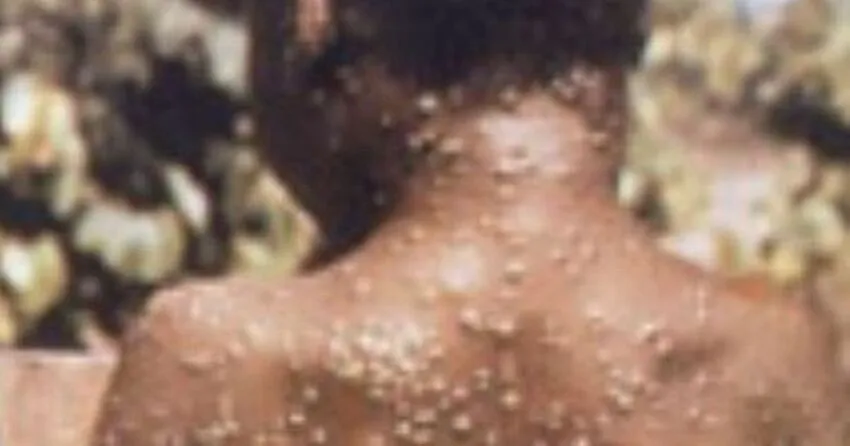
Within the last week, you’ve likely heard news of cases of monkeypox, with most cases in the United Kingdom. However, on May 18, the Massachusetts health officials as well as the CDC announced a case in that state. So far, it is the lone case of monkeypox in the United States. The individual in question had traveled to Canada recently. With all the media talk about monkeypox, it’s easy for Americans to think, “Here we go again!”
Monkeypox isn’t a new disease; the first case in a human was documented in 1970. A child in the DRC, or Democratic Republic of the Congo, was initially suspected of having smallpox. In fact, most scientists describe monkeypox as a “cousin” of smallpox. Despite the name, monkeys aren’t the primary carriers of the disease; African rodents are usually the culprit. Monkeypox doesn’t “jump” from an animal host to a human host, and the reason the illness was given its name was because it was first found in monkeys that were utilized for research in 1958.
Monkeypox is not typically life-threatening. Monkeypox outbreaks typically occur in central and Western Africa countries, but, human cases outside this area are usually attributed to international travel or imported animals. The first cases reported in the United States took place in 2003, when animals from Ghana were imported into Texas. In 2021, international travel brought cases of monkeypox to Maryland.
Those who have had a vaccination against smallpox are likely to have immunity to monkeypox as well. However, smallpox vaccinations as a routine measure were stopped in 1972 as the disease had been eradicated in America.
Human-to-human transmission of monkeypox is limited, according to scientists. The virus spreads through contact with an infected animal or person, but one’s skin must be broken in order for transmission to take place. However, transmission through the eyes, mouth, or nose is also possible.
Symptoms typically don’t appear until at least a week (sometimes two weeks) after the infection was transmitted. Small skin lesions will appear, and some individuals may have flu-like symptoms. The initial lesions appear to be a rash, but they will eventually turn into blisters filled with pus. The skin lesions typically scab over within three weeks, but overall symptoms may last for up to four weeks.
Monkeypox is rare, and it is not thought to be a fatal disease. Usually, the disease kills about ten percent of those affected. However, scientists are reporting that the version currently going around is one that is milder, offering a fatality rate of less than one percent.
On Sunday, President Joe Biden said that “the new monkeypox outbreak should concern everybody,” citing the fact that medical officials around the world are finding the latest version “baffling.”
Biden added that “We’re working on it, hard to figure out what we do.”
Worldwide, there are at least eighty confirmed cases of monkeypox. There are another fifty suspected cases (again, worldwide). Cases have been reported in Britain, Italy, Sweden, Portugal, Spain, Canada and the United States (in addition to the Massachusetts case, a man in New York has also tested positive for monkeypox).
Oyewale Tomori, a virologist with the World Health Organization, said of the new cases: “I’m stunned by this. Every day I wake up and there are more countries affected.”
Monkeypox does cause the lymph nodes to swell, but smallpox does not.
The World Health Organization is concerned because the countries where monkeypox is showing up isn’t normally where cases are reported. On Friday, France, Australia, Germany, and Belgium reported cases as well.
Even so, scientists still do not believe this outbreak will evolve into a pandemic. In the United Kingdom, scientists are studying whether the disease can be spread through sexual contact. Reports hold that the disease seems to be spreading among gay and bisexual men in London.
Currently, there is no safe or proven treatment for monkeypox.





